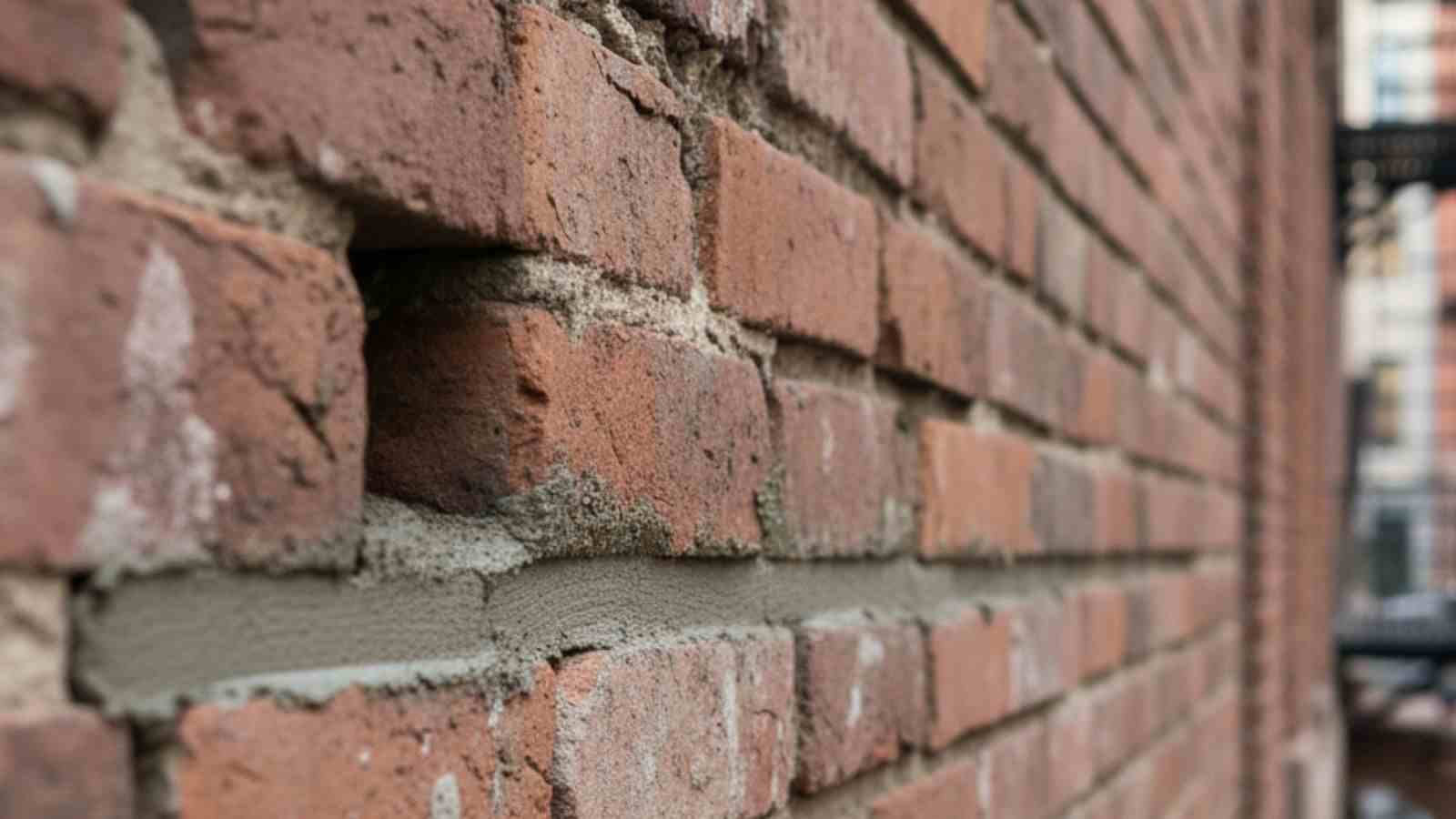
Mistakes to Avoid When Repointing Bricks
Brick repointing might look simple: just scrape out the old mortar and replace it with new, right? But in reality, this is one of those projects where the details make or break the results. A small mistake can lead to bigger problems like cracking, spalling bricks, or water damage down the line. Whether you’re restoring an older home or maintaining a newer structure, avoiding common repointing mistakes will save you time, money, and stress.
Here are the most frequent errors homeowners and even inexperienced contractors make when repointing brick, and how to steer clear of them.
Using the Wrong Mortar
The most common and costly mistake in brick repointing is choosing the wrong mortar. Using a mortar that’s too strong (such as one with a high Portland cement content) on older, softer bricks can actually cause damage over time. The rigid mortar won’t flex with the brick during expansion and contraction, forcing the softer material to crack or spall.
The new mortar should match the original in both strength and texture. For historic buildings, a lime-based mortar is typically best because it’s more flexible and breathable. Before starting, test a small section or consult a professional to determine the right mortar mix for your structure.
Incorrect Mortar Mix
Even if you’ve picked the right type of mortar, getting the mix wrong can ruin your project. A mixture that’s too wet will shrink and crack as it dries, while one that’s too dry won’t bond properly to the bricks. Both issues lead to weak joints that won’t last.
To get the consistency right, the mortar should hold its shape when troweled but still be workable enough to press firmly into the joints. Think of a texture similar to stiff peanut butter, not runny, not crumbly.
Inadequate Joint Preparation
Repointing isn’t just about applying new mortar; the prep work is just as important. One of the biggest mistakes people make is failing to remove enough of the old mortar before starting. The general rule is to remove it to a depth that’s at least twice the width of the vertical joint.
If the old mortar isn’t removed deeply enough, the new material won’t have enough surface to bond to. Likewise, leaving loose debris or dust in the joints will weaken adhesion. Always clean the joints thoroughly with a stiff brush or compressed air before applying fresh mortar.
Improper Cleaning
Once the old mortar is raked out, it’s vital to clean the joints properly. Skipping this step or doing it hastily can compromise the bond between the new mortar and the brick.
Any dust, loose particles, or bits of old mortar should be removed completely. If left behind, these act as a barrier that prevents the new mix from adhering. Take your time with this step: a clean surface means a stronger, longer-lasting repair.
Incorrect Depth and Joint Profile
Repointing too shallowly or shaping the joints incorrectly is another major issue. Shallow joints can weaken the overall structure and make the wall more vulnerable to moisture. The mortar should be packed firmly and flush with the brick surface, then tooled to the correct profile.
The joint profile isn’t just about appearance, but it plays a key role in directing water away from the wall. A concave or “bucket handle” joint, for example, helps shed rainwater and prevent moisture infiltration. Avoid flat or recessed joints that allow water to sit and seep in.
If you’re unsure about the correct joint style or depth, it’s best to consult experienced masonry specialists who understand how local weather and materials affect brickwork durability.
Overfilling or Underfilling Joints
Balance is crucial when filling joints. Overfilling leads to uneven surfaces that can crumble or flake, while underfilling leaves gaps that trap water and weaken the structure.
Each joint should be filled evenly and compacted firmly using a pointing trowel. The goal is a smooth, consistent finish that sits just below the brick edge without spilling over.
Working in Large Sections
Another mistake is tackling too large an area at once. Mortar begins setting quickly, and if you’re spreading it over a wide section, parts of it will dry before you have the chance to tool and finish them properly.
Instead, work in small sections, no more than a few square feet at a time. This ensures each area gets the attention it needs and allows for consistent curing.
Ignoring Weather Conditions
Weather can make or break your repointing job. Working in extreme conditions, whether it’s freezing cold, scorching heat, or pouring rain, can cause the mortar to fail prematurely.
In cold weather, the mortar can freeze before it sets, leading to cracking. In hot, dry conditions, it can cure too fast and become brittle. The ideal temperature for repointing is between 40°F and 90°F (4°C to 32°C), with moderate humidity. If needed, use temporary shelters or shade to protect your work area.
Repointing Dry Bricks
Bricks should never be completely dry when applying new mortar. Dry bricks absorb moisture from the fresh mortar too quickly, causing it to set before it properly bonds. This results in weak, crumbly joints.
Lightly mist the bricks with water before you start, ensuring they’re damp but not dripping wet. This helps control the mortar’s drying time and allows it to cure evenly for a stronger bond.
Skipping Proper Curing
Once the mortar is applied, curing is crucial. Rushing this stage is a mistake that can undo all your hard work. Mortar needs time to harden slowly so it can achieve maximum strength.
To ensure proper curing, keep the mortar damp for the first few days by misting it lightly with water and covering the wall with damp burlap or plastic sheeting if needed. Avoid using forced heat or fans, as these can dry it out too fast.
Conclusion
Repointing bricks might seem straightforward, but attention to detail is everything. Using the wrong mortar, skipping prep, or ignoring the weather can all lead to costly damage and early failure. Taking the time to do it right, or hiring a professional who knows how, ensures your brickwork remains strong, attractive, and weather-resistant for years to come.
A well-repointed wall doesn’t just look better; it protects your home’s structure, improves curb appeal, and adds to its value. When it comes to brick repair, slow and steady truly wins the race.
